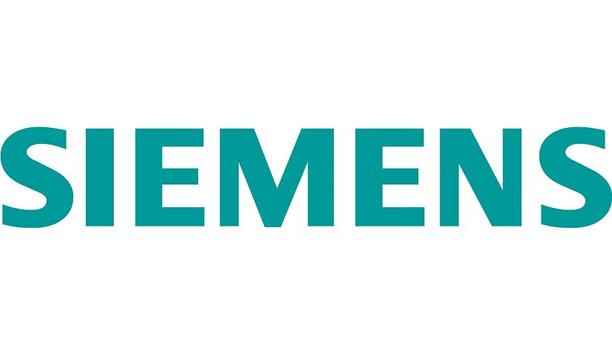Being one of the most devastating events possible, fire is one of the most dangerous types of natural event to occur anywhere. Somewhere in the world, fire is happening right now as you read this.
In a controlled environment, fire can be a friend. However, there is a fine line between being a friend and the worst enemy. Once a fire gets out of control, it will be destructive and will continue through a building causing mass damage.
Automatic fire systems
The rapid detection of a fire and its control can save thousands of lives, injuries, and millions of pounds in repairs
The smoke produced by a fire is indeed toxic and creates a very dangerous atmosphere. The rapid detection of a fire and its control can save thousands of lives, injuries, and millions of pounds in repairs.
The detection of fire has advanced so much that one has smoke detectors that are quite often linked to life-safety systems. Automatic fire systems in commercial buildings are life-savers.
With the fire-alarm system to detect an occurrence of a fire, alert the control panel, sound the alarm for people to evacuate, alert the authorities to send help. These systems have saved lives!
Current Fire Alarm Systems
Most fire detection systems have a lifespan of 10 to 15 years, after 15 years they are perceived to be unreliable and will need to be replaced or repaired. The fire-detection systems today consist of a Fire Alarm Control Panel (FACP).
The FACP is the brain of the fire-alarm systems. It is compatible with making quick, rapid decisions which are key when one is in crisis. One’s life is in the life of the FACP. If one has a problem with it, one needs to act fast!
Smoke detector
Smoke detector devices or heat detector devices are connected to the FACP through a channel of cabling
Smoke detector devices or heat detector devices are connected to the FACP through a channel of cabling. Many detectors manufactured today have a combination of smoke and heat and are called multi-functioning smoke detectors.
It is very easy to identify where fires are located these days, due to each smoke detector having individual switches that can be named and if triggered will show the location on the FACP. Once the presence of smoke or particles of combustion is found, the smoke detector will then alert the FACP about the problem; the FACP will then decide which action to take.
Extra functions
As well as the standard fire detection system, specific businesses or locations may need some extra protection if there was ever a fire. For example, an IT company may need to discharge an agent for fire suppression in computer rooms or server rooms.
Another extra function would be needed for an aircraft hangar, where the fire system will need to active a deluge fire system. Not only can fire-detection systems detect fire, but they can also monitor and detect carbon monoxide. Again, this feature is an add-on to the standard fire systems, however, it could be a feature that the business may need.
It is important to be aware that all fire alarm systems require regular checks and repairs to ensure that they are kept up to date with fire safety regulations.
















